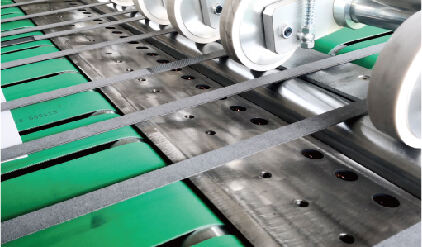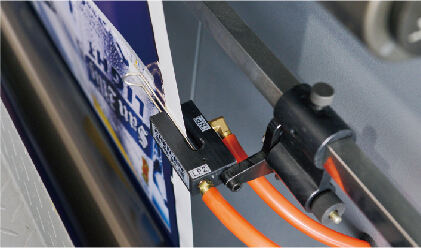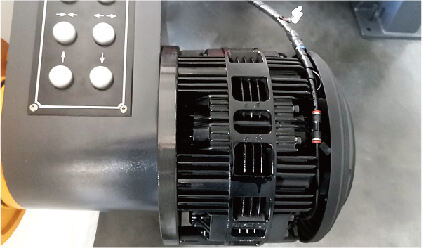paper creasing
Paper creasing is an essential process in the print finishing industry that creates precise folds in paper and cardstock materials. This technique involves making a controlled indentation along a specified line, allowing for clean, professional folds without cracking or breaking the paper fibers. Modern paper creasing machines utilize advanced scoring technology, combining precise pressure and specialized tools to create sharp, accurate creases across various paper weights and types. The process works by displacing paper fibers rather than cutting them, maintaining the structural integrity of the material while ensuring consistent fold quality. Paper creasing is particularly crucial for digital prints, heavy stocks, and cross-grain applications where traditional folding methods might cause damage. The technology incorporates adjustable crease depths and widths, enabling customization for different paper thicknesses and project requirements. This versatility makes it indispensable in producing high-quality brochures, greeting cards, presentation folders, and other professional print materials that require precise folding.


